Joseph E. Armstrong is professor of botany, head curator of the Vasey Herbarium, and director of the Organismal Biology and Public Outreach Sequence for Biological Sciences Majors, all at Illinois State University.
The University of Chicago Press, Chicago 60637
The University of Chicago Press, Ltd., London
2014 by The University of Chicago
All rights reserved. Published 2014.
Printed in the United States of America
23 22 21 20 19 18 17 16 15 14 1 2 3 4 5
ISBN-13: 978-0-226-06963-0 (cloth)
ISBN-13: 978-0-226-06977-7 (paper)
ISBN-13: 978-0-226-06980-7 (e-book)
DOI: 10.7208/chicago/9780226069807.001.0001
Library of Congress Cataloging-in-Publication Data
Armstrong, Joseph E. (Joseph Everett), author.
How the Earth turned green : a brief 3.8-billion-year history of plants / Joseph E. Armstrong.
pages cm
Includes bibliographical references and index.
ISBN 978-0-226-06963-0 (cloth : alkaline paper) ISBN 978-0-226-06977-7 (paperback : alkaline paper) ISBN 978-0-226-06980-7 (e-book)
1. Botany. 2. PlantsHistory. I. Title.
QK45.2.A76 2014
580dc23
2013047074
 This paper meets the requirements of ANSI/NISO Z39.48-1992 (Permanence of Paper).
This paper meets the requirements of ANSI/NISO Z39.48-1992 (Permanence of Paper).
HOW THE EARTH TURNED GREEN
A Brief 3.8-Billion-Year History of Plants
Joseph E. Armstrong
The University of Chicago Press
Chicago and London
PREFACE
A Botanist at Large
It must be said at once that this book is better than having a sausage stuck to the end of your nose.
Mark Golden, describing a book by S. Pomeroy in Classical Review
Laptop computers are a wonderful invention. My computer companion and I, both a little worse for wear, are sitting on a veranda overlooking some Central American rain forest. Far away from office, phone, and university (although the Internet lurks nearby), I am conducting field research on floral biology. Although it is still fairly early in the morning, my flowers opened at first light, so a couple of hours of field work and some breakfast are already out of the way. The stormy season is beginning and the weather here is changeable. For the last three days, hard, straight-down tropical deluges of warm rain have thoroughly soaked the forest. Today dawned pleasantly fair and breezy, rather unusual for the wet tropics where the air is often still and heavy with humidity. A front moved in off the Caribbean and I cannot tell what it will bring, but for the moment, this is tropical weather at its absolute finest. Perhaps this excellent tropical morning has produced the urge to be a bit reflective, an appropriate state of mind for writing a book preface, which is by no means the first thing written. Without all the distractions of modern life there is time to think about why I bothered writing a history of green organisms.
All evidences indicate we live on an ancient Earth, one with a long history. During this time green organisms arose early on from small, simple beginnings, developed, and diversified, culminating in something as interesting, as complex, and as diverse as a rain forest. But this history is a subject well known by only a fairly small cadre of biologists who call themselves botanists, and then only some of them.
So let me ask. Are you a botanist? If so, great! But now I must beg your indulgence. Please understand that this book was not written for you, and therefore is not like the books you usually read. This book was written for everyone else because the challenge I have set for myself is to relate the history of green organisms to nonbotanists in an interesting and understandable manner. As such, my primary purpose will be to function as both an interpreter and a filter. Science must be translated to be understandable to people who do not speak it, read it, or write it. Science is complex and detailed. If science is not winnowed of its many terms and details, people cannot see the forest for the trees. In fact, this is a common problem in teaching science. Translating real science into a more generally understandable narrative always risks allowing some errors in understanding to creep in. Science uses technical language, jargon, in order to be as precise as possible, so attempts to explain what we know in less technical language will mean some loss of precision; it is unavoidable. And of course this authors understandings may not be perfect either, alas. So any botanist still reading this book will have to allow me some latitude, a degree of flexibility, and some understanding because this book is not written wholly in the language of botany. And this plays to my primary expertise, which is explaining science to nonscientists.
This history is about green organisms for several reasons. First, they are what I study. As a botanist I have come to appreciate green organisms subtlety, quiet resilience, sophistication, and diversity, and I enjoy telling people about them. Second, even though this book deals just with green organisms, so much knowledge exists that it poses a major challenge to assimilate, organize, and relate. My colleagues are industrious and the literature resulting from their scholarly activities accumulates more quickly than anyone can read. Fortunately, many others have helped by summarizing and explaining various parts of the whole story that they know well, and by necessity I must rely on their expertise and knowledge. On too many occasions, portions have been revised to take into account newly published studies, but you have to stop doing that or you never finish a book!
Another reason for writing this book is that we are surrounded by green organisms, but many people, and this includes more than a few nonbotanical biologists, are so plant blind that they perceive only a static green background, a passive scenery acting as a stage upon which the real actors, animals, move (Wandersee and Schussler 1999). Years ago, when still young, I asked a wise older colleague why so many nonbotanical biologists were so disparaging about plants, and he concluded that it takes a certain mental and emotional maturity to appreciate something as subtle as a plant, which goes a long way toward explaining their behavior.
In our familiar terrestrial environment, flowering plants dominate most landscapes, and they also feed us, clothe us, and make us happy. Thus flowering plants occupy our attentions and as a result they are the primary subjects of most botany and horticulture courses, most books on plants, and most botanical research. But of all the many groups of green organisms, flowering plants were the most recent to appear, although even this event was at least one hundred million years ago. Trying to imagine the Earth without flowering plants is very difficult, yet for the vast majority of lifes history on Earth, no flowering plants, not even land plants, existed. So suffice it to say at this point, far from being mere pond scum, blue-green algae (cyanobacteria) is arguably the most important, successful, and influential group of organisms in Earth history.
Many people fail to understand how we can know anything at all about such ancient historical events. Such events are not subject to an experimental approach, but nonetheless we can construct hypotheses, To some people these narratives sound like just-so stories, and while they may start that way, ultimately these explanations get shaped by what is known and changed by new findings. So while not experimental, this is science nonetheless.
The task I have undertaken is to write a brief, understandable history of green organisms from their earliest beginnings to present day. Many biology students have found this subject interesting, but many more are interested in pursuing medical careers and avoiding anything sounding even remotely botanical. Still I operate on the premise that lots of people (okay, maybe not lots, but at least some really bright, curious people) will be interested in reading about green organisms, in finding out how many different ones there are, how we have come to have the ones we have, and why they look, grow, and reproduce the way they do. Along the way some basics of biology will be explained, fundamental stuff really, but seldom well explained in textbooks, if explained at all, which points out a major problem in science education.
Next page
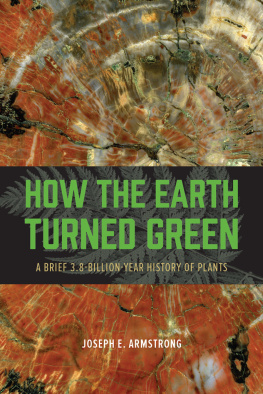


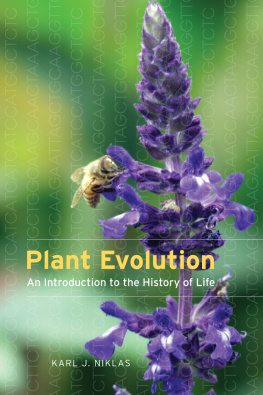
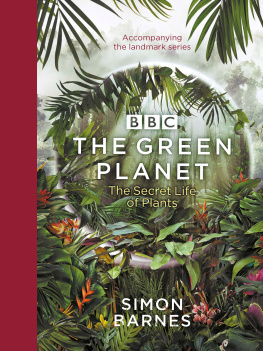

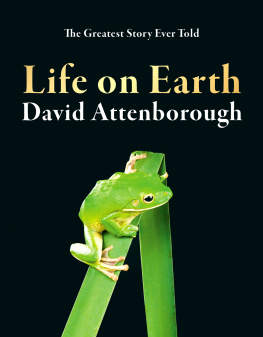
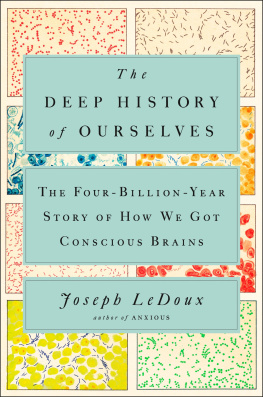

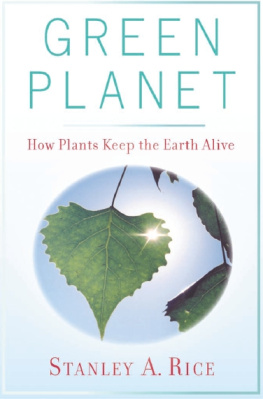
 This paper meets the requirements of ANSI/NISO Z39.48-1992 (Permanence of Paper).
This paper meets the requirements of ANSI/NISO Z39.48-1992 (Permanence of Paper).